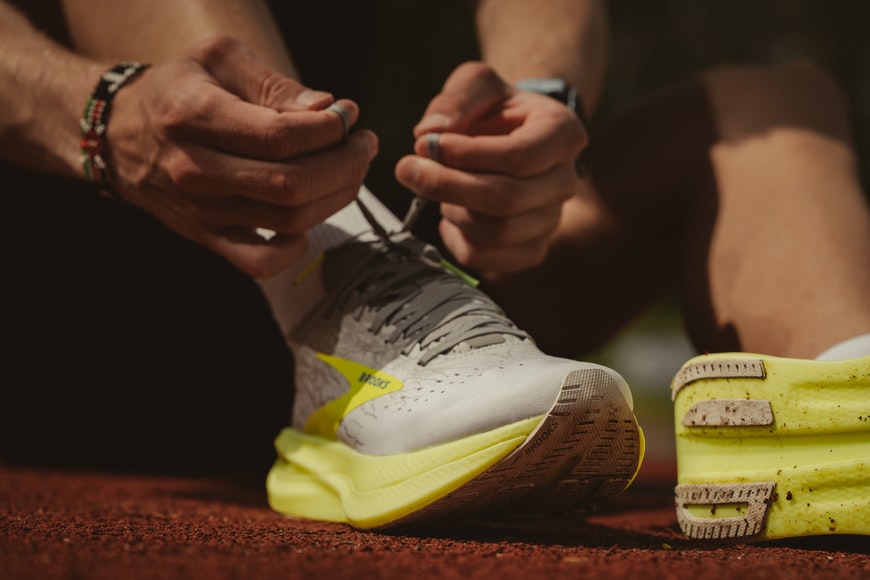
There is a wide variety of running shoes to choose from, which makes it a daunting task, especially if you do not have a particular shoe in mind when making a purchase. Shoes are designed differently to suit all runners’ needs starting from the low, medium, to high mileage runners. Additionally, there are shoes for every runner, and there are shoes for every foot. Shoes are designed differently; for example, there are neutral shoes, specific heel-to-toe drop, wider toe box, foot roll control, and more return energy through the shoes. Before that race day or long run, there are questions you should have answered to ensure comfort is not denied at all costs.
Table of Contents
How About the Running Surface
When training on pavements, the perfect shoe choice is road shoes. They have more cushioning as compared to lightweight and trail shoes; hence they offer better shock absorption leading to minimized injury risks. Trail shoes are designed with deep treads offering better ankle support and grip for runners on soft muddy and uneven terrain. Trail shoes are very uncomfortable on pavements as their studs press more into the runner’s feet hence wearing away quickly. When running on different terrains or surfaces, a hybrid shoe comes in handy as it works perfectly well on different trail conditions and has balanced cushioning and grip mix.
Is Your Gait Analyzed?
There is free video gait analysis offered in various runner stores for comprehensive running shoe fitting service. Expert fitters use video technology to analyze a runner’s running style and how they pronate. Pronate is the degree to which a foot rolls naturally inward when running and where the foot strikes the ground.
The expert fitters recommend the perfect running shoes to their clients depending on the pronation, foot shape, personal preference, and terrain picking shoes from various brands, including running shoes for women. Even with the same shoe size, shoes from different brands fit differently.
Do You Wear Insoles?
If you wear insoles, then ensue to factor them in when choosing your footwear as they change the shoes’ feel and fit. However, initially, you may not have tried insoles, and you wish to try them. They increase foot fit personalization, heel comfort, arch and reduce problems like blisters, shin splints, slipping, and hot spots. Insoles are designed to match foot contours, and they complement trainers enabling them to move their client’s training to the next level.
What is the Running Distance?
Are you training for a marathon or a shorter distance? Marathons require differently styled running shoes, especially for runners who wish to beat their 5k PB. A more cushioned is perfect for longer distances, while flexible training shoes benefit shorter distances.
In conclusion, choosing running shoes may be challenging as they are designed differently. That is why it is essential to consider all the factors surrounding your running, like terrain, insoles, and gait. You can make the best selection that will meet all your needs from the wide range of shoe brands available, like running shoes for women.
Hello, I am a professional writer and blogger at Adclays.com. I love to explore the latest topics and write on those topics. I spend the maximum of my time on reading and writing interesting topics which provide valuable piece of information to my readers whether it comes to the latest fashion, technology, healthy lifestyle, business information, etc. Explore my writings by visiting the website.